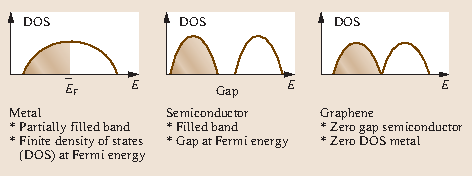

Evaluation of varieties of set yogurts and their physical properties using a voltammetric electronic tongue based on various potential waveforms. Discrimination and prediction of multiple beef freshness indexes based on electronic nose. Graphene-metal oxide nanohybrids for toxic gas sensor: A review. Integrating health on air quality assessment―Review report on health risks of two major european outdoor air pollutants: PM and NO2. The simulated graphene based structures can be converted into physical sensors to obtain a low cost, small sized, integrated sensing device.Īrmchair graphene nanoribbon detector graphene graphene nanosheet methanol phenol photocurrent.Īndre R.S., Mercante L.A., Facure M.H., Mattoso L.H.C. In the proximity of target molecules, a significant change in DOS, electric current and photocurrent have been observed. Devices density of states (DOS), current-voltage curves and photocurrent curves have been calculated with the ATK simulator. A nanoscale electronic device simulator, Quantumwise Atomistix Toolkit (ATK), has been used to simulate graphene nanosheet and armchair graphene nanoribbon based sensors. In this method, a change in the photocurrent, as well as electric current, have been used as detection signals to improve the sensor accuracy and selectivity for specific target molecules. A novel method for the detection of organic compounds (phenol and methanol) has been introduced in this article. The purpose of the work presented in this article is to demonstrate the ability of graphene derivatives to detect toxic organic compounds like phenol and methanol. This property of graphene makes it a suitable candidate for sensor applications. Graphene is very sensitive to any physical changes in its surrounding environment and, inherently, has very low electronic noise. 2 / h the exact prefactor is still debated.

Since the density of states of the material is zero at that point, the electrical conductivity of intrinsic graphene is quite low and is of the order of the conductance quantum. Under the application of a bias voltage V B between graphene and the metal layer in the graphene/MoS 2 /metal heterostructure for driving current through the van der Waals interface, the electric field. Over the last decade graphene based electronic devices have attracted the interest of researchers due to their exceptional chemical, electrical and optical properties. intrinsic (undoped) graphene the Fermi level is situated at the connection points of these cones. Owing to its low density of states, the Fermi level in graphene is very sensitive to its carrier density and thus the external electric field.


 0 kommentar(er)
0 kommentar(er)
